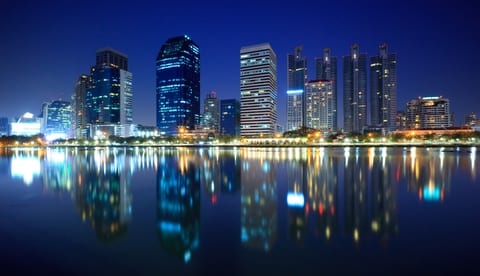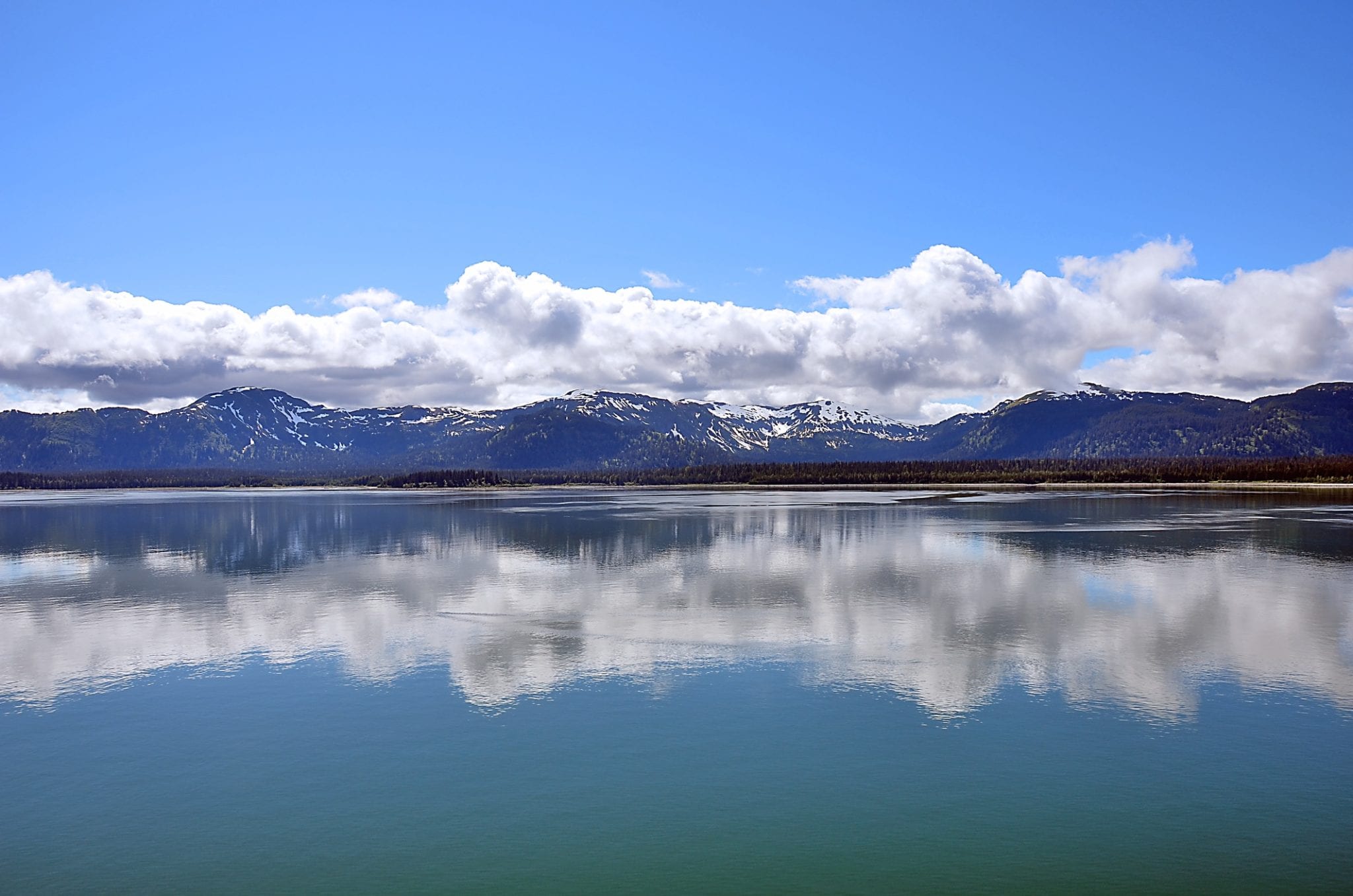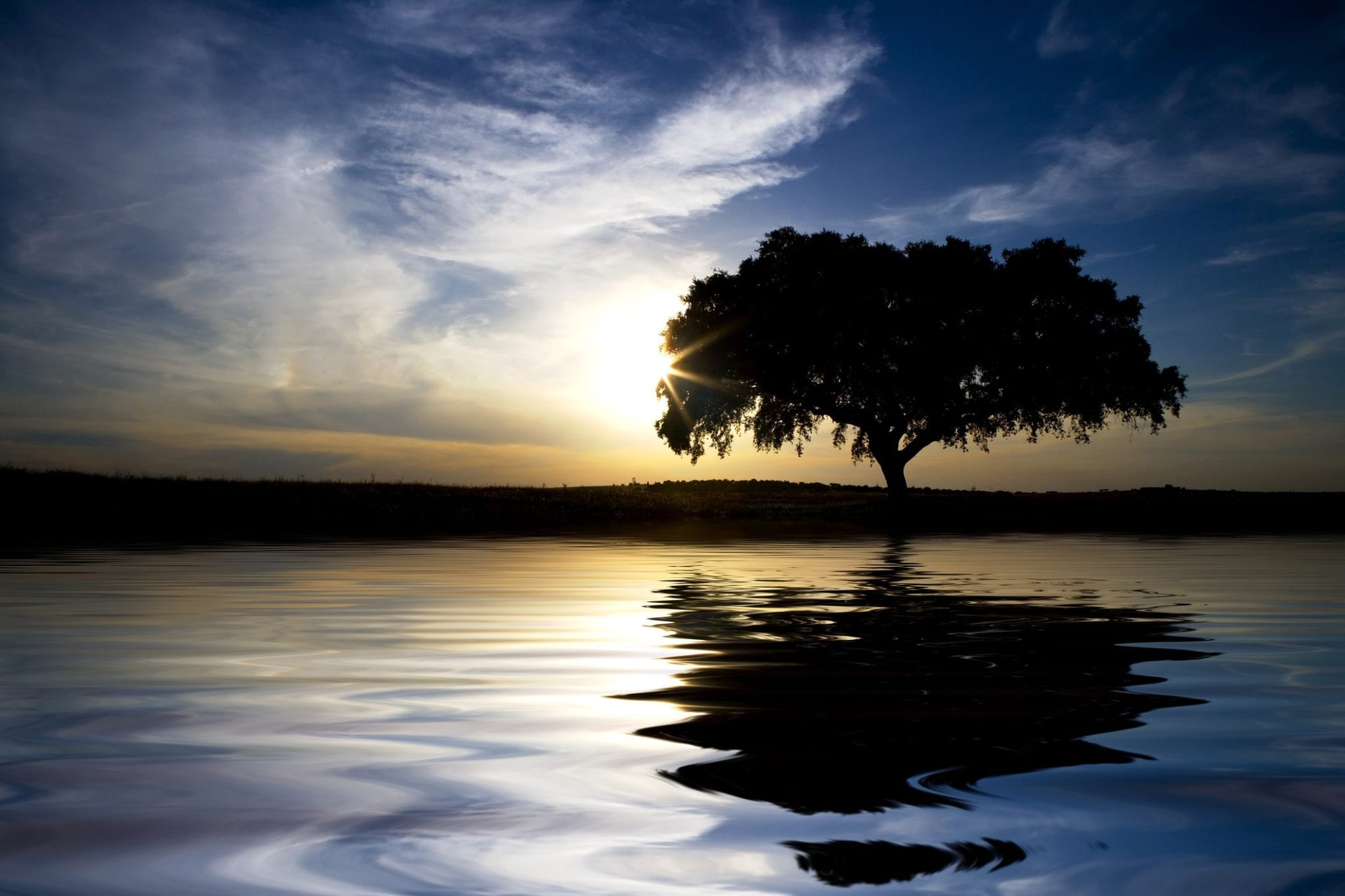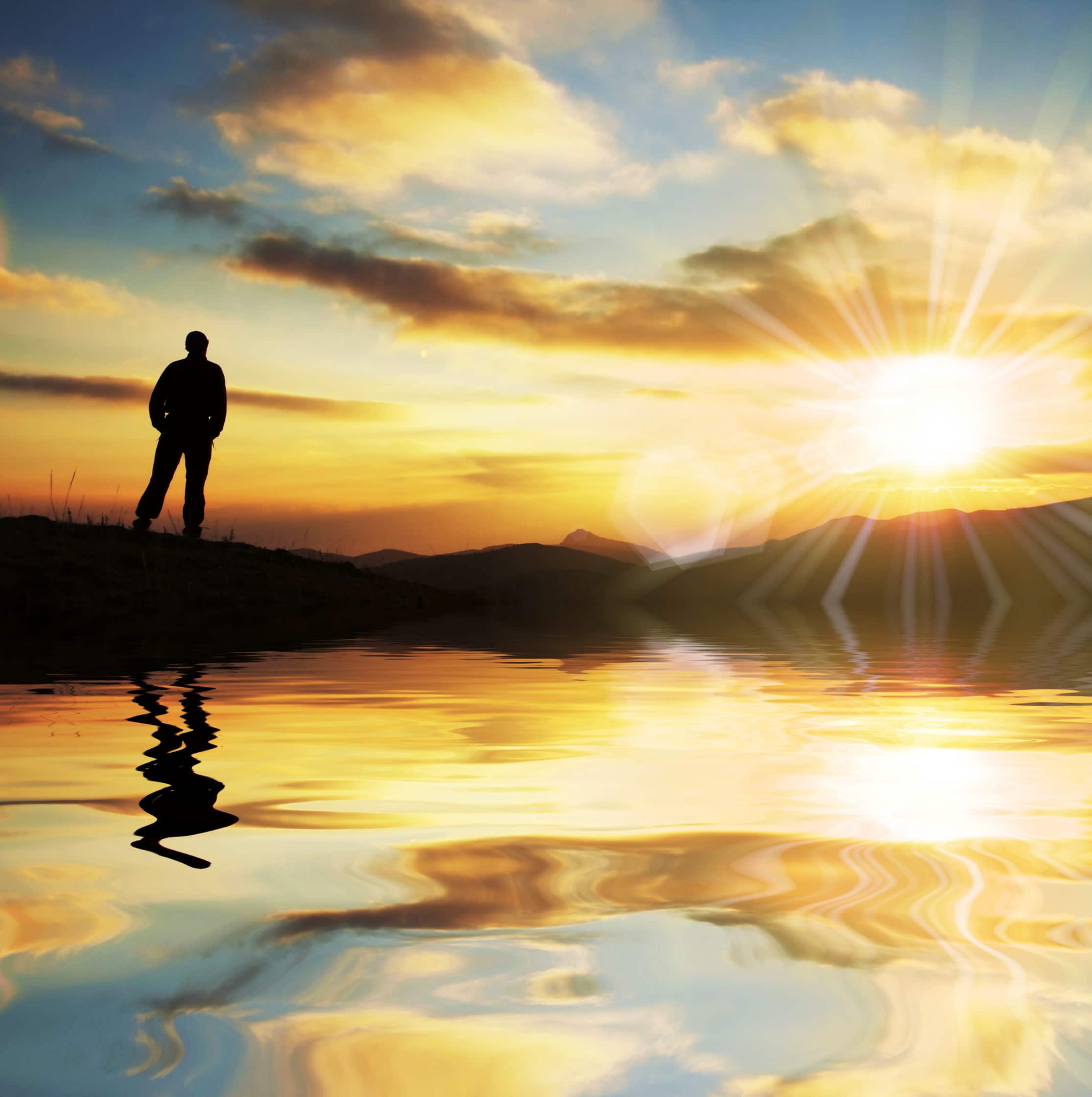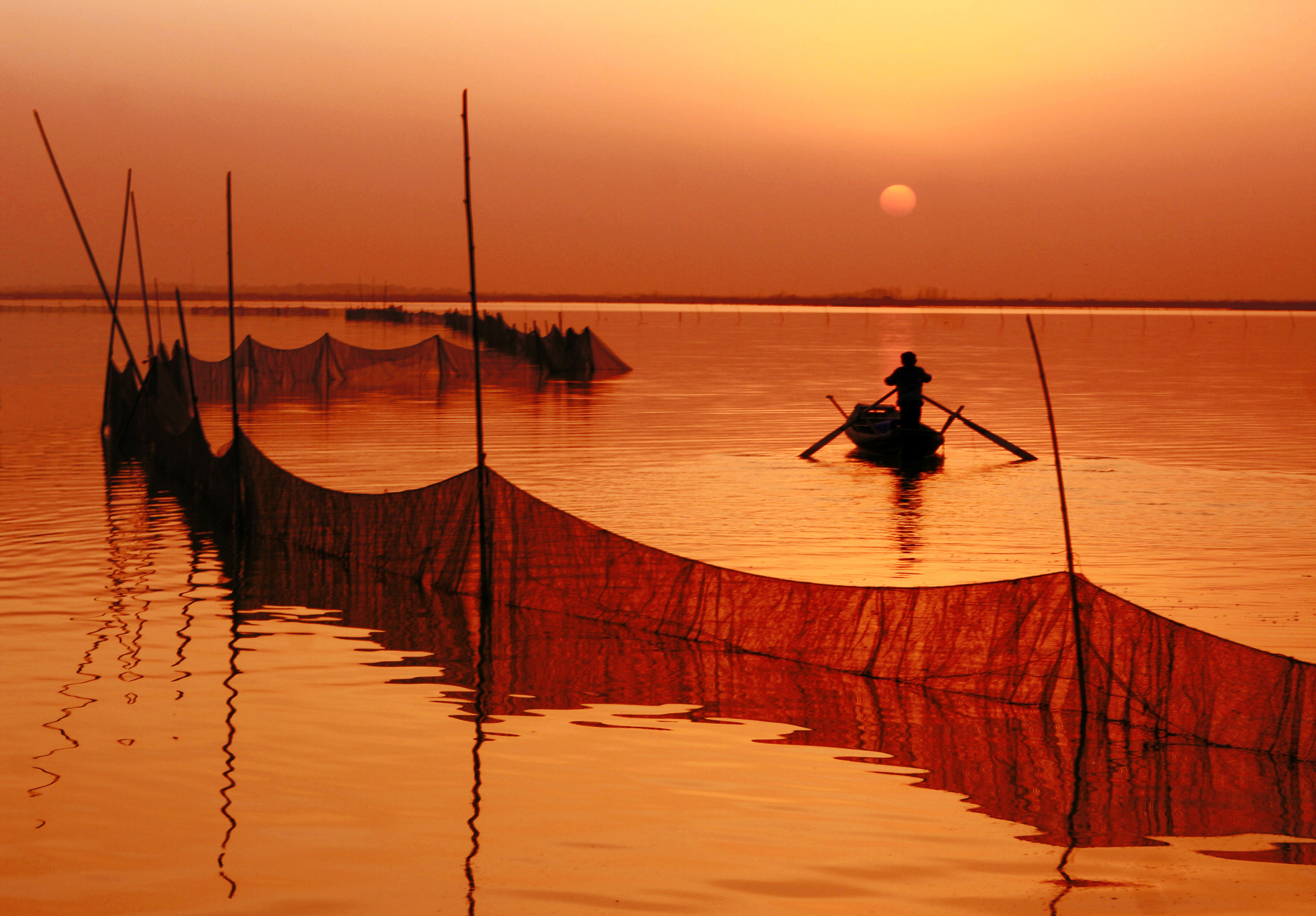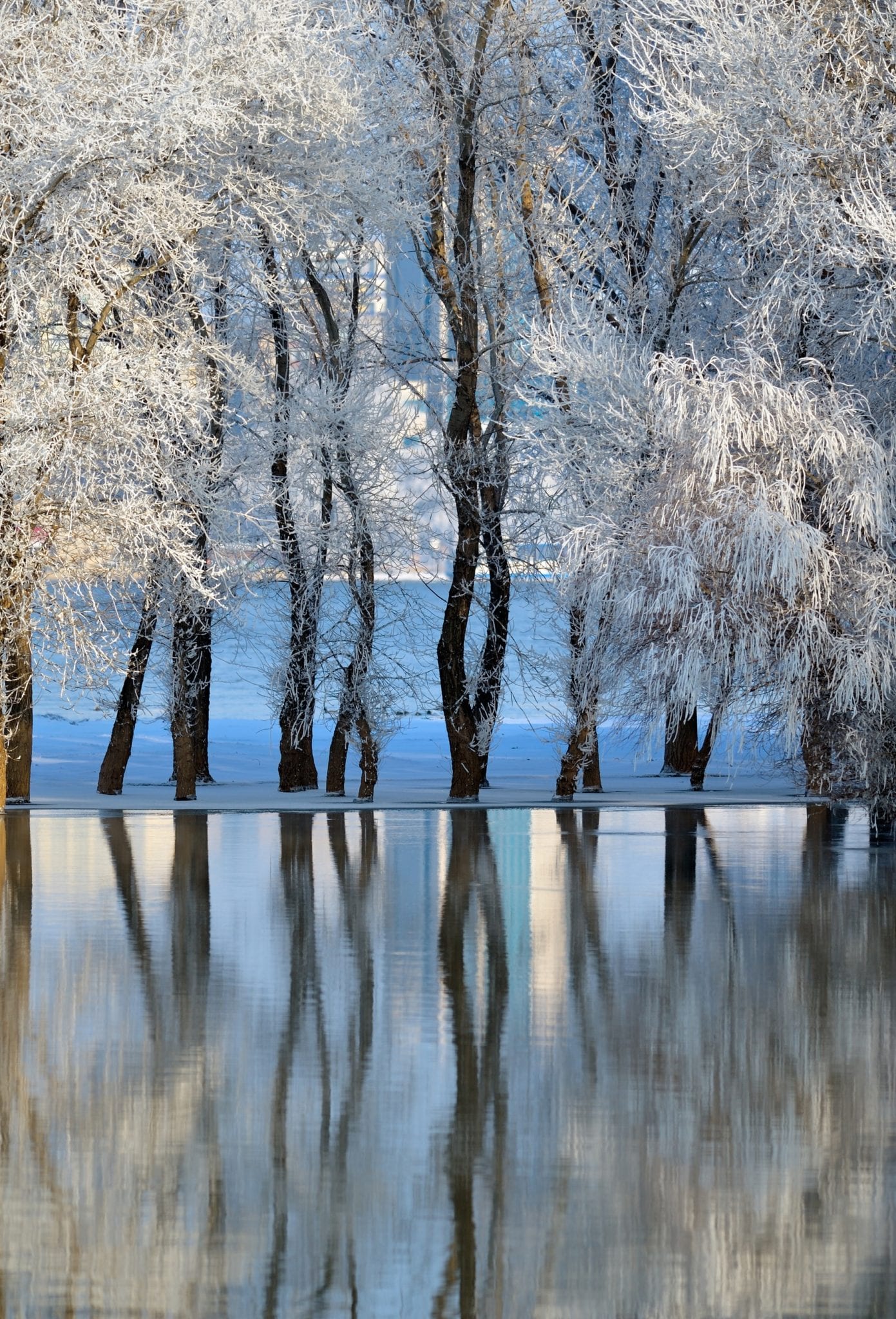A Time for Reflection
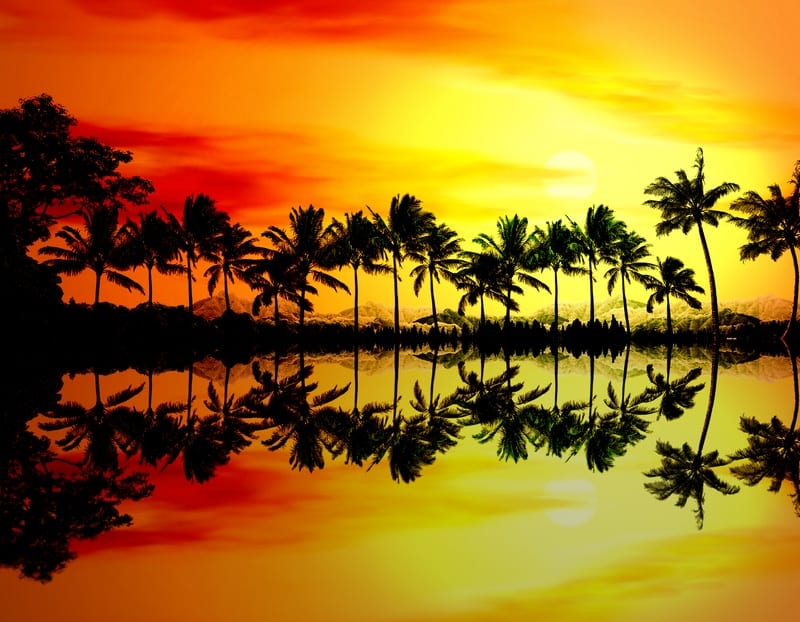
If you are familiar with my IOP® Street Photography Workshops in Manchester, then you’ll know how fond I am of reflection. I touch on this theme regularly when out shooting with students as a means of helping them get to grips with small, manageable constants and variables within a given location. I now want to open the scope a little wider, for June’s Monthly Project.
I’m looking to delve a little deeper this month, and ask from students a brief description – a line or two – which represents reflection relating to their image, both literally and in a more poetic, metaphorical, personal sense. This month I would like students to give more thought to the poignancy of an image as a whole, not just it’s literal translation – colour, composition, tone, etc.
In many of my monthly projects I mention in one way or another, the idea of contextualising and giving an ode to the presence of the photographer in a shot. This is another way of taking that 2D capture into a world of depth and meaning, where ties are made between viewer, photographer and context. This month’s project is very much the same, except I want to see some feeling conveyed – something not necessarily visible, but translatable.
Reflective qualities
Reflections can form the basis of many different types of photographic image. You could be shooting street, portrait, landscape or action. It could be surreal, ambiguous or blatant. Whatever your intent, the use of reflective surfaces in an image can serve as a way of distorting reality, tricking the eye or adding different dimensional qualities.
When shooting a shop front, a reflection of what’s behind you may seem to intrude on what lies behind the window, mirroring photographer as well as the environment. And so in this instance what’s behind you can replace the foreground in your image, hinting at an otherwise hidden context!
Many of us have probably been taken by a reflection of some sort, and gone on to try to shoot it, or at least include it in a shot. As I’ve mentioned, this could fall into any subject area, and so coming up with set in stone ‘rules’ for shooting reflection is a difficult, if not impossible task. But there are, as always, some aspects you should consider.
Ask questions
Ask yourself why you’re including the reflection? Is it an optical illusion? Is it to divert gaze and attention from a focal point or simply to enhance that focal point?
Aperture
By now you should be familiar enough with your aperture and shutter to know exactly how to react, depending upon you desired shot. Create a flat, detailed image with a range of depth by keeping a high F. Drop to a wider aperture if you purposefully want that shallow depth of field, a smart move when trying to draw the eye to specific focal points.
If there’s a reflection in your image, then you should certainly be working on as fast a shutter as possible, unless you’re set up on a tripod and trying to distort reality for your viewer!
The right side of the brain
When we talk about the left and right side of the brain, science will tell us that each side is responsible for controlling specific human attributes and ways of thought. Where the left drives analytical thinking, mathematics, logistics, facts, language and computation, the right controls creativity, daydreaming, imagination, rhythm, shape, visualisation and motor skills.
It is well recognised within the arts that ‘training the right side of the brain’ is common practice. A painter will spend his years learning to see shapes rather than literal translations to get a likeness on a portrait. He/she will focus on negative space and make marks based on tonal qualities and feel rather than thinking ‘that is a nose, let’s paint the nose.
Reflections are perfect for experimenting with this sort of left/right, literal/creative communication. A glance at a mountainous landscape, for example, surrounded by calm water is one thing, but peer a little longer and we start to recognise the reflection.
A little longer than that and the reflection becomes a part of the mountain, and in an instant, we view the entire image as a sort of symmetrical shape. It takes a little longer, but it will happen.
Similarly, filling your frame with light and images that have been refracted, reflected and bounced every which way from a shop front will exemplify the very same process. We try to make sense of a scene literally before we then go on to decode it regarding shape, tone and form.
More than just a Photograph
So why is it that I’m asking for some meaning and gravitas behind each submission this month? Well, it’s simple really. I want to see examples and thought processes between that left and right side of the brain. I’d like to see students’ communication between what they see and shoot and why. As photographers, sometimes we get lucky. Sometimes we point and shoot and get an image which we couldn’t possibly have bargained for. But most of the time we have to look, engage, act – sometimes quickly, sometimes with huge preparation – both creatively and thoughtfully.
What I’m driving away from this month, via the inclusion of ‘reflections’, is that set in stone genre, whereby anybody can pick out an old portrait, landscape, or street shot. I’m looking, as I always would, for the quality, technical ability and creativity but I also want to see some heart, some meaning and depth.
Be Brave!
I mention this regularly in my articles. I won’t dismiss older images, but as photographers, we shoot and put ourselves in new and evolving situations for the good of our art. Get out into the street, or your nearest city, friends house, greenhouse and shoot reflections. Or better still, shoot a subject that you’re passionate about, which includes a reflection. Then, simply take some time to reflect on it. There are very few limitations this month. So why not let loose?
Check back at the end of June to see the results of the Reflections Project.

